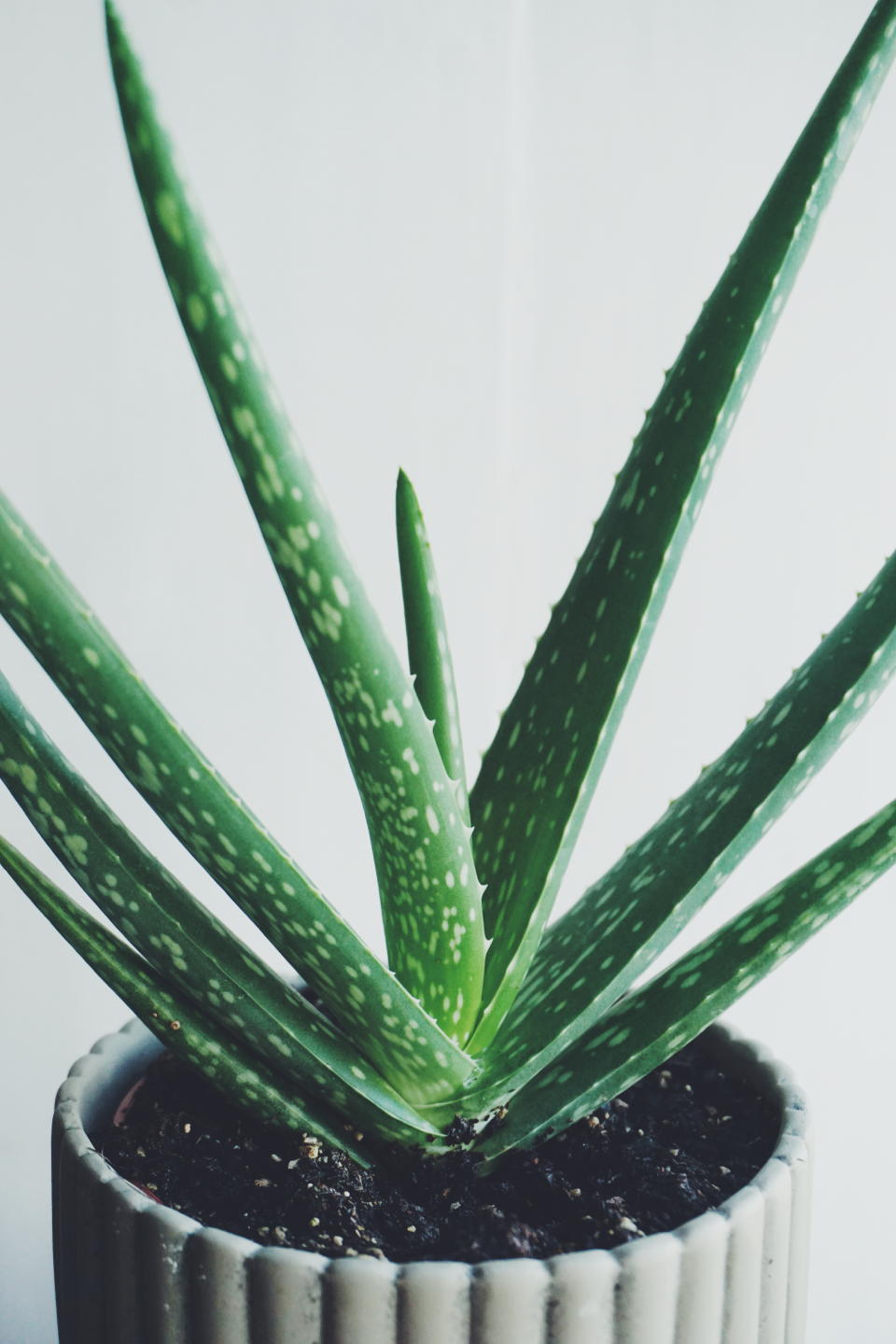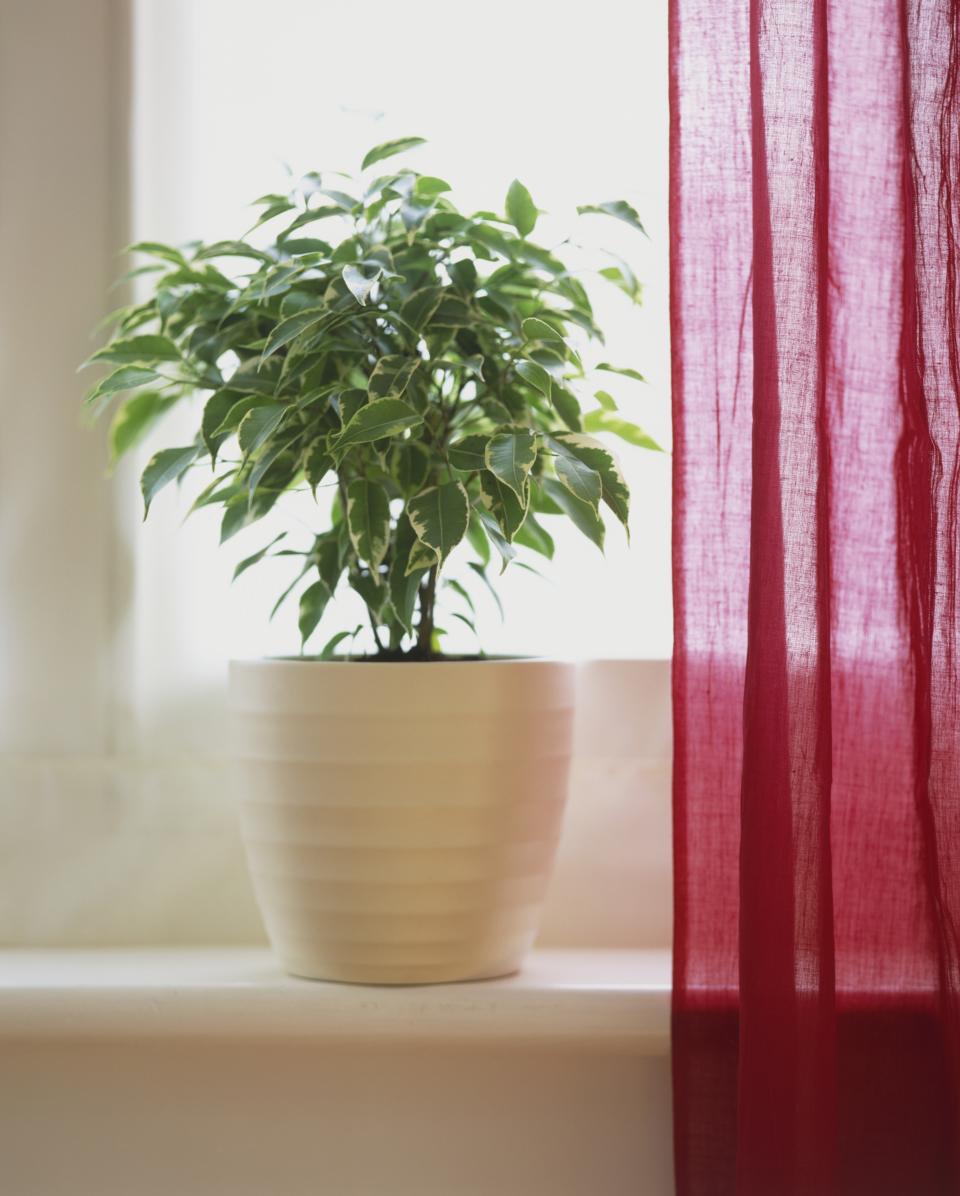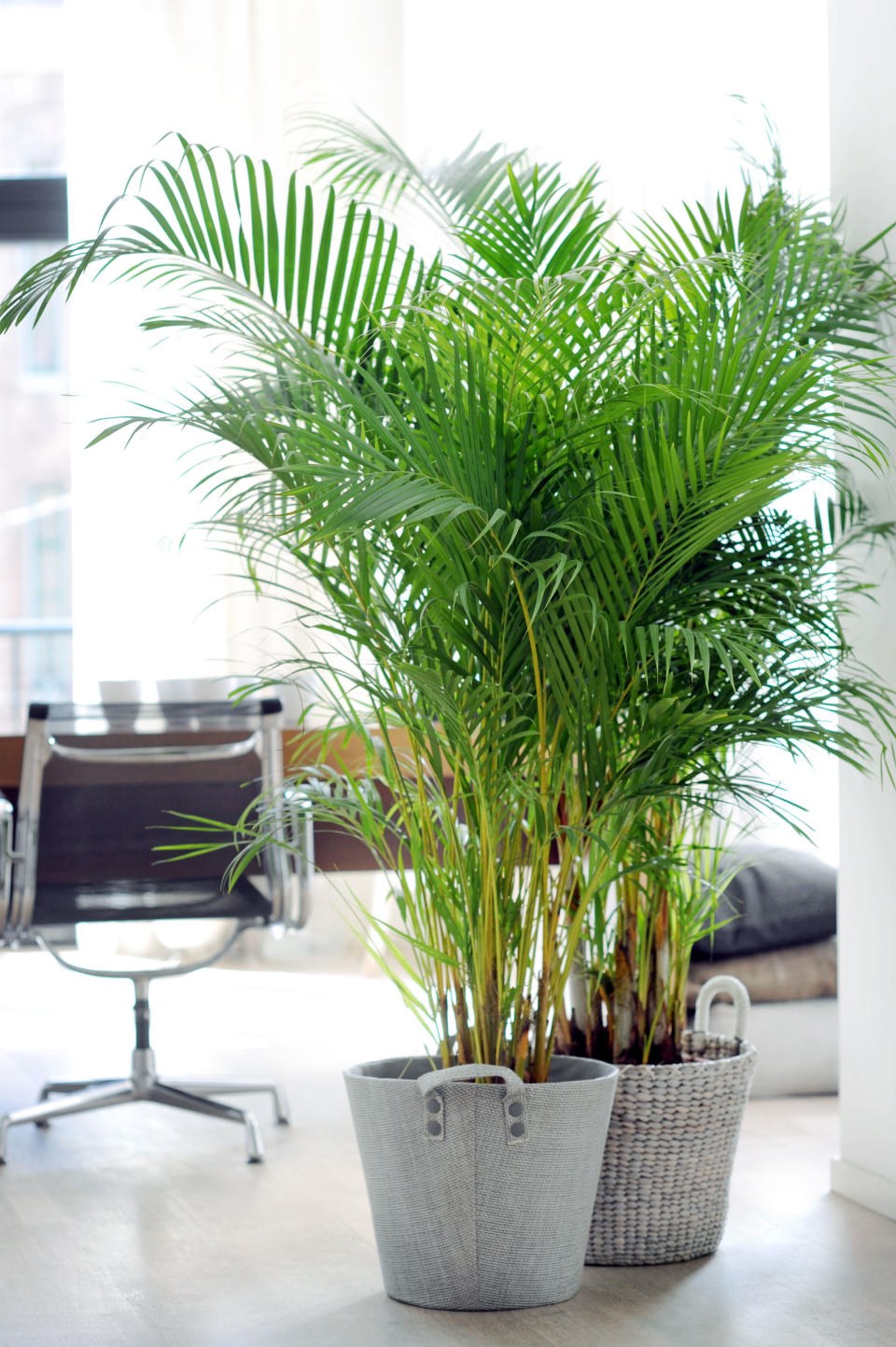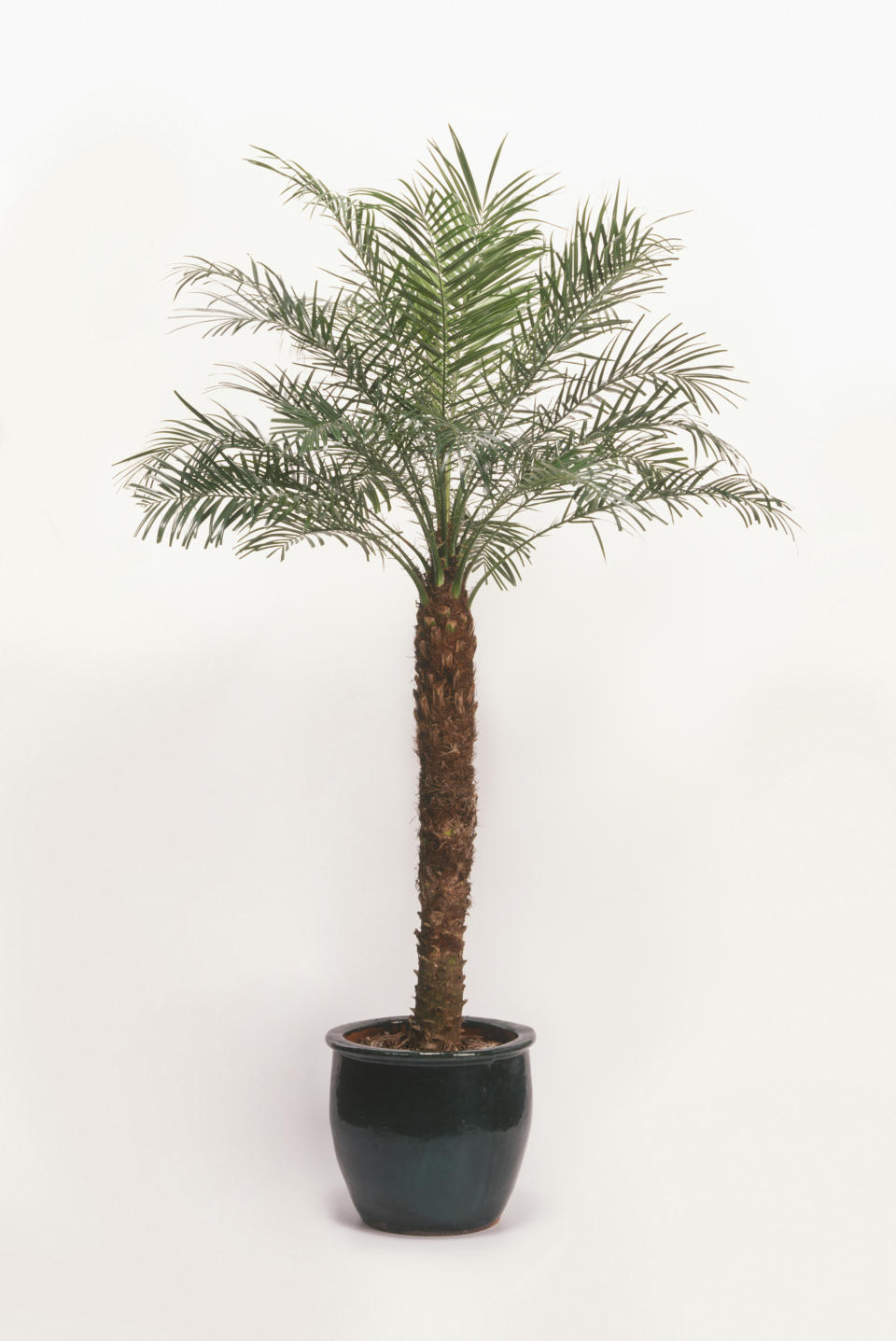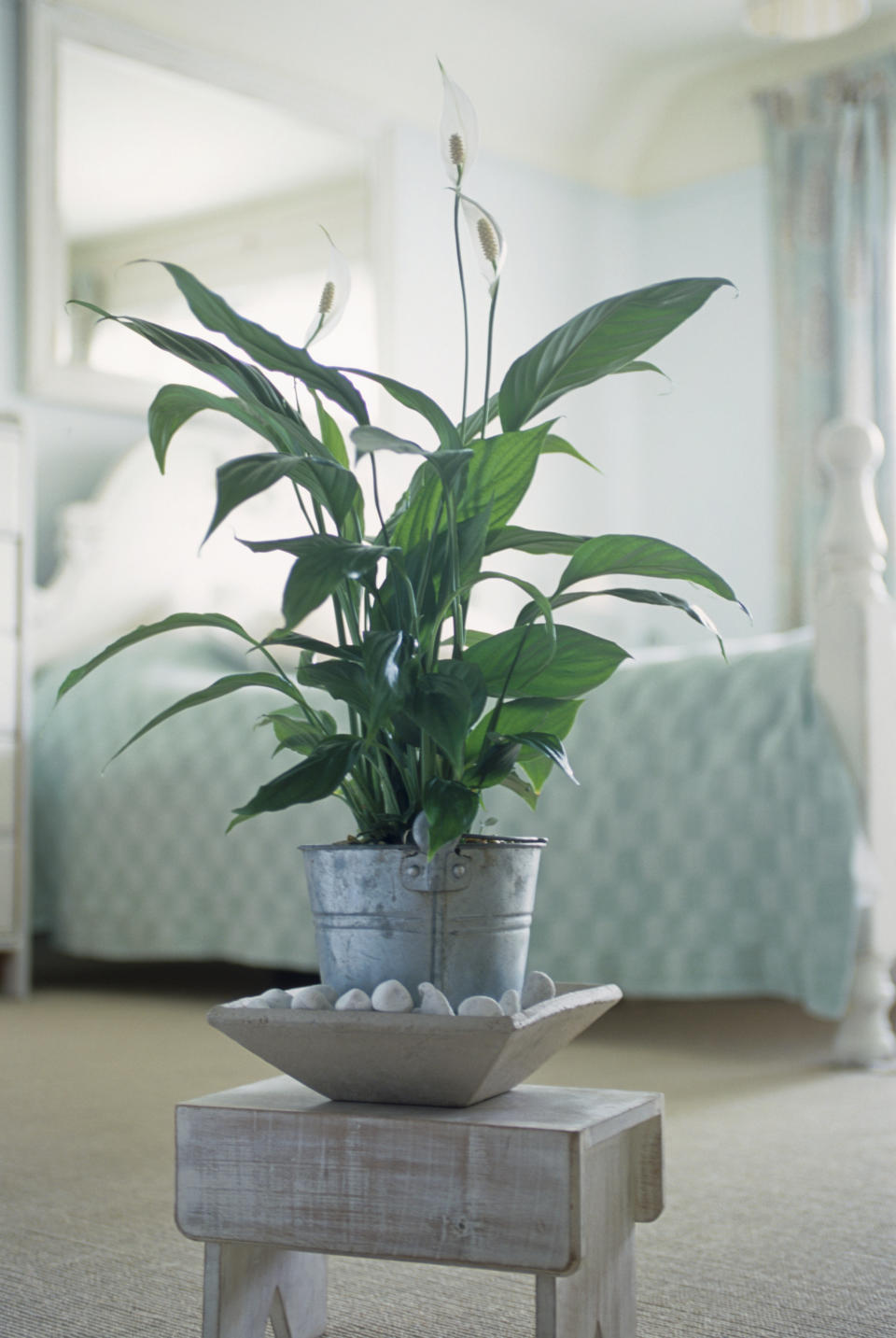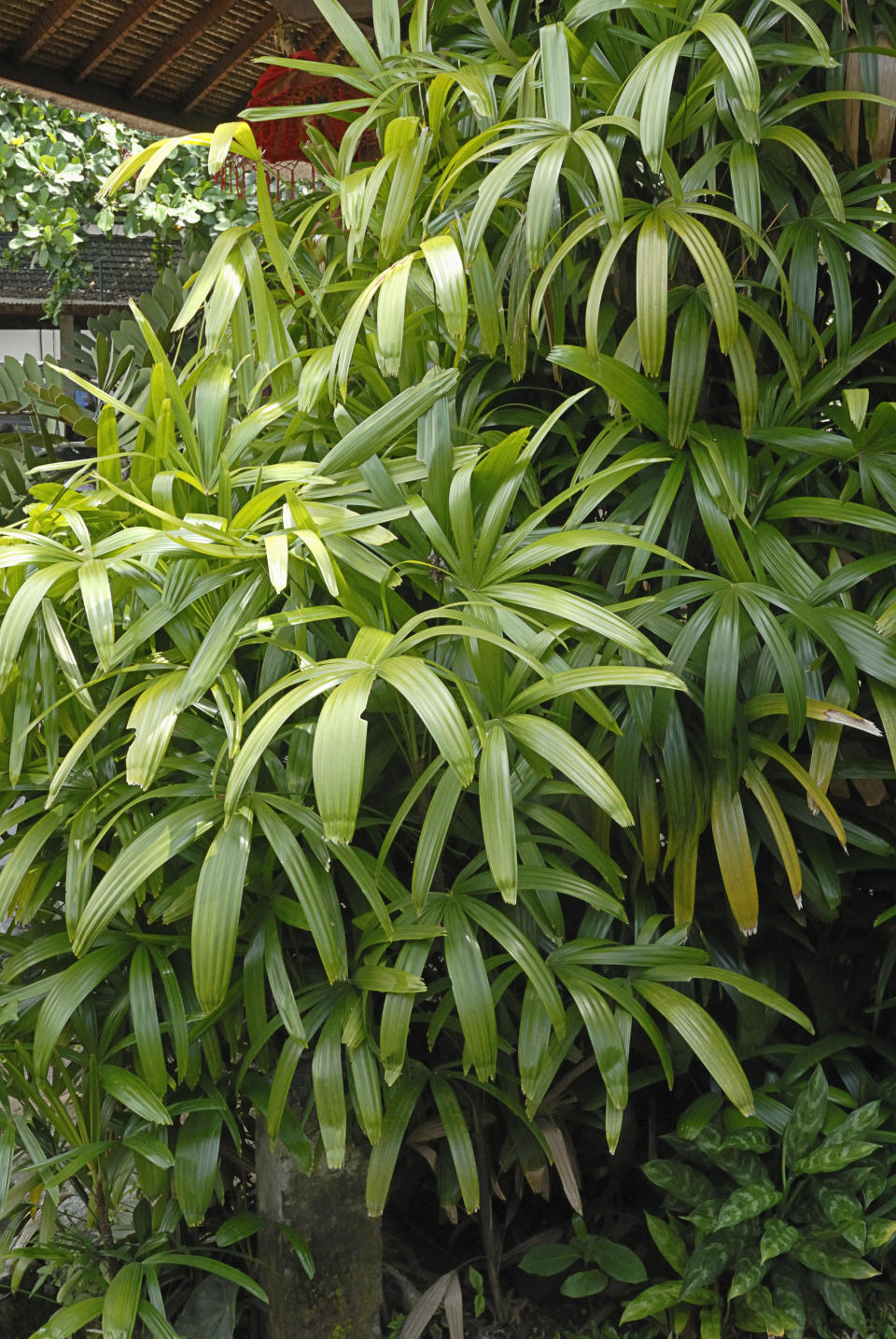The plants that will improve your sleep
Some of us unfortunately suffer from all kinds of sleep problems during the night. Whether it’s dust allergies or insomnia, it’s safe to say a lot of us aren’t getting our recommended eight hours.
NASA of all places has found the one thing that could improve your night’s sleep: houseplants.
Simply putting a little greenery on your bedside table can ensure the air in your bedroom is free of pollutants and other insomnia-causers such as stress and anxiety.
Here are just a few of NASA’s top plant recommendations. Let us know if they work.
Follow us on Instagram and Facebook for non-stop inspiration delivered fresh to your feed, every day. For Twitter updates, follow @YahooStyleUK.
Read more from Yahoo Style UK:
Houseplant hacks: How to keep your succulents and cacti happy
This is how your personality affects your sleep
Sleeping in a cold room is better for your health, says science


